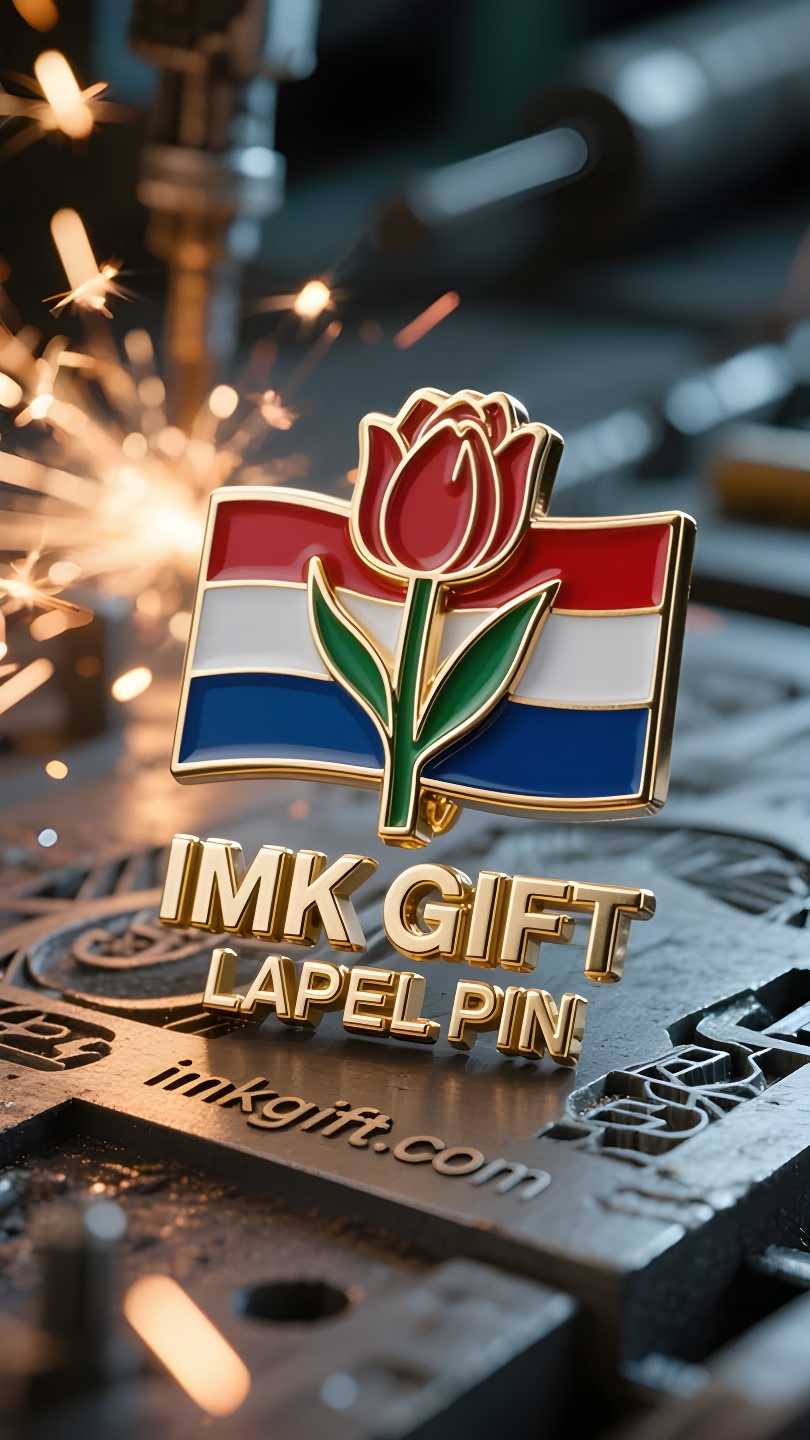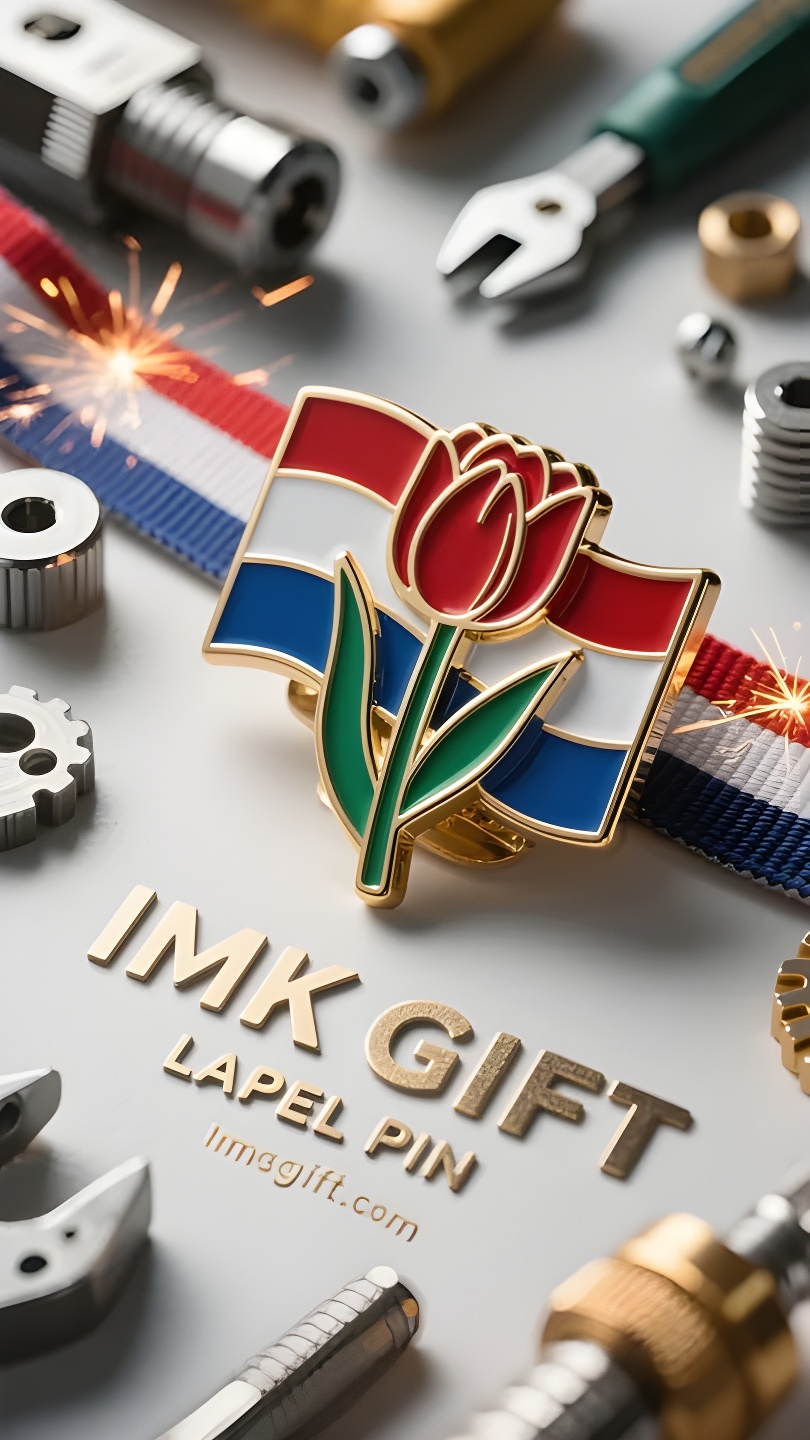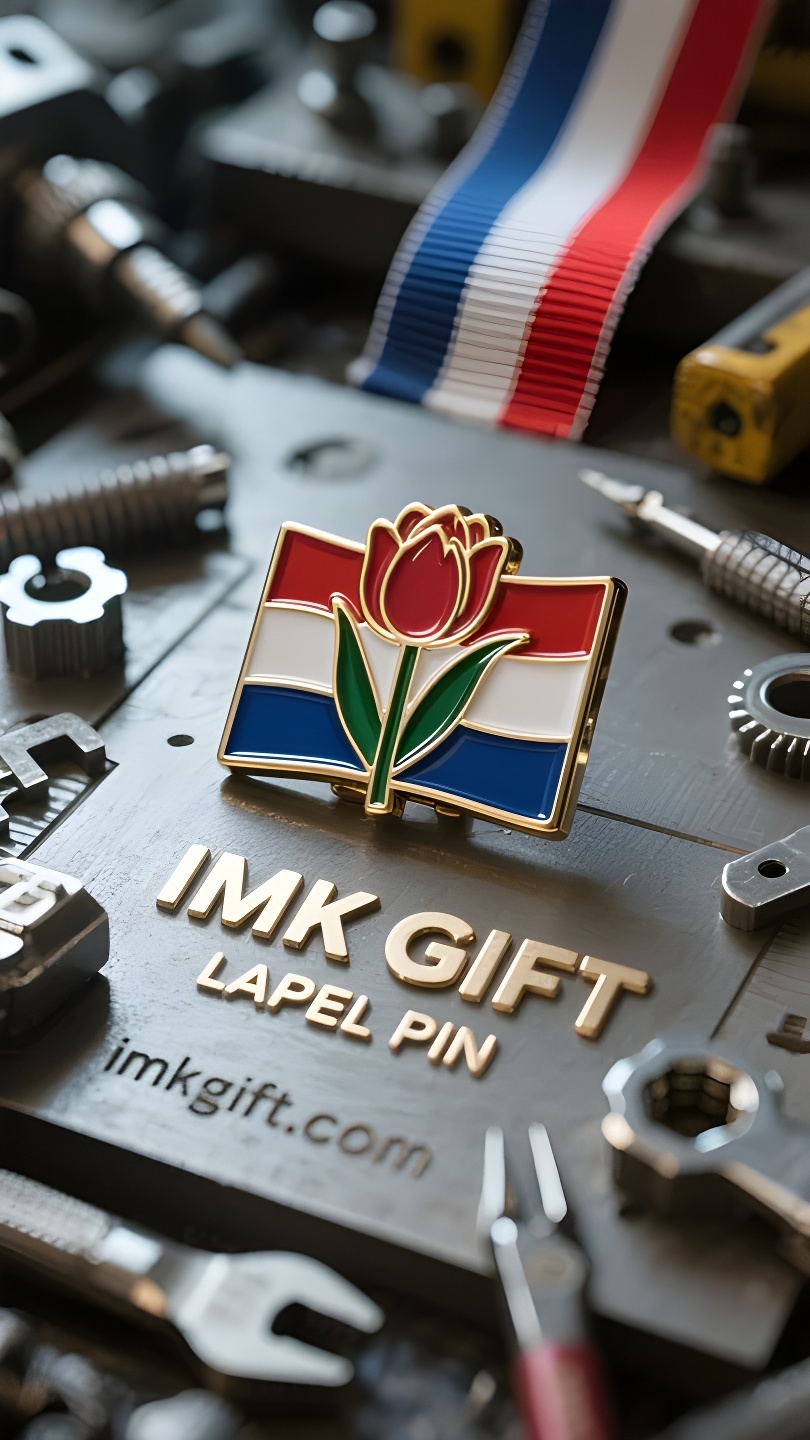in994-Rood-wit-blauw-en-goudgeur-Het-eeuwige-verbond-van-vrijheid
▼
In mei spreiden de tulpenvelden zich in Nederland uit als een palet en de lucht is gevuld met de adem van vrijheid. De “Bevrijdingsdag” op 5 mei komt dichterbij. Dit festival ter herdenking van de overwinning in de Tweede Wereldoorlog symboliseert, samen met de rood-wit-blauwe nationale vlag en de gouden tulp, de spirituele code van het Nederlandse volk. De rode kleur van de nationale vlag staat symbool voor de moed die door generaties Nederlanders met bloed is gesmeed. Van de “bedelaars van de zee” die zich in de 16e eeuw verzetten tegen de Spaanse overheersing tot de duistere fakkels van de ondergrondse verzetsorganisaties in de Tweede Wereldoorlog: deze rode kleur heeft altijd gebrand op een vurig geloof in het doorbreken van de ketenen. De witte strepen lijken op de kabbelende golven van het kanaal en weerspiegelen de levensfilosofie van de mensen uit de laaglanden: het creëren van vruchtbare grond in het zoute en alkalische land en het oplossen van conflicten met tolerantie. Het diepe blauw symboliseert loyaliteit en verandert, net als Delfts blauw, in een eeuwige belofte: vrijheid zal nooit verraad dulden. Nóg ontroerender zijn de tulpeninsignes die overal tijdens de viering te zien zijn. Deze ‘gouden bloem’, die ooit door speculanten voor torenhoge prijzen werd verkocht, werd tijdens de oorlogsjaren een codewoord voor geheim verzet. Mensen stopten tulpenblaadjes in fietsbellen, gebruikten bloemzaden om informatie over te brengen en lieten hoop wortel schieten in de armste grond. De gouden bloemblaadjes die nu op het embleem bloeien, zijn niet alleen een eerbetoon aan de bevrijders, maar ook een herinnering aan toekomstige generaties: ware vrijheid is als een tulpenbol, die eerst een lange winter moet overwinteren voordat hij rechtop kan staan in de lentebries. Wanneer de rood-wit-blauwe linten van de praalwagens en de gouden gloed van de insignes elkaar aanvullen, zien we dat vrijheid nooit een geschenk is, maar een vasthoudendheid die diep onder de grond begraven ligt, een horloge dat nooit opgeeft en een veer die door miljoenen handen omhoog wordt gehouden. Dit zou wel eens het antwoord kunnen zijn dat Nederland de wereld te bieden heeft: als moed, zuiverheid en loyaliteit in het land wortel schieten, zal de vrijheid uiteindelijk zo weelderig bloeien als tulpen.
In May, the Netherlands has tulip fields spread out like a palette, and the air is filled with the breath of freedom. The “Liberation Day” on May 5 is coming soon. This festival commemorating the victory of World War II, together with the red, white and blue national flag and the golden tulip badge, weaves the spiritual code of the Dutch. The red color of the national flag is the courage that generations of Dutch people have built with blood. From the “sea beggars” who resisted Spanish rule in the 16th century to the dark night torches of the underground resistance organizations in World War II, this red has always burned with the fiery belief of breaking through the shackles. The white stripes are like the sparkling waves of the canal, reflecting the philosophy of this lowland nation – to open up fertile land in the saline-alkali land and resolve disputes with tolerance. The deep blue, which symbolizes loyalty, has become an eternal promise like Delft blue pottery: freedom will never allow betrayal. Even more touching is the tulip badge that can be seen everywhere in the celebration. This “golden flower” that was once hyped up to a sky-high price by speculators became a secret code for secret resistance during the war years. People stuffed leaflets with tulips printed on them into bicycle bells, using flower seeds to pass on information and let hope take root in the poorest soil. Today, the golden petals blooming on the badge are not only a medal dedicated to the liberators, but also a reminder to future generations: true freedom is like a tulip bulb, which needs to go through a long winter of dormancy before it can stand up in the spring breeze. When the red, white and blue ribbons of the parade floats and the golden glow of the badge complement each other, we see that freedom has never been a gift, but a tenacity buried deep underground, a watch that never gives up, and a spring held up by millions of hands. This may be the answer that the Netherlands gives to the world: when courage, purity and loyalty take root in the land, freedom will eventually be as splendid and immortal as tulips.
五月的荷兰,郁金香花田如调色盘般铺展,空气中浮动着自由的气息。5月5日的”解放日”即将到来,这个纪念二战胜利的节日,与红白蓝三色国旗、金色郁金香徽章共同编织着荷兰人的精神密码。
国旗的红色,是代代荷兰人用鲜血浇筑的勇气。从十六世纪反抗西班牙统治的”海上乞丐”,到二战地下抵抗组织的暗夜火炬,这片红始终燃烧着突破桎梏的炽热信念。白色条纹如同运河的粼粼波光,映照着这个低地民族的处世哲学——在盐碱地中开辟沃土,用包容消解纷争。而象征忠诚的深蓝,则化作代尔夫特蓝陶般的永恒承诺:自由绝不容许背叛。
更令人动容的是庆典中随处可见的郁金香徽章。这朵曾被投机者炒至天价的”黄金花”,在战争年代成为秘密抵抗的暗号。人们将印有郁金香的传单塞进自行车铃铛,用花种传递情报,让希望在最贫瘠的土壤里生根。如今徽章上绽放的金色花瓣,既是献给解放者的勋章,更提醒着后人:真正的自由如同郁金香球茎,需经历漫长寒冬的蛰伏,才能在春风中挺立。
当花车巡游的红白蓝彩带与徽章金辉交相辉映,我们看见自由从来不是恩赐,而是深埋地下的坚韧,是永不言弃的守望,是千万双手共同托起的春天。这或许就是荷兰献给世界的答案:当勇气、纯粹与忠诚在土地上扎根,自由终将如郁金香般绚烂不朽。
▼
Contact Us
📞 Tel: +0086-760-85286839
📧 Email: sales3@imkgift.com








